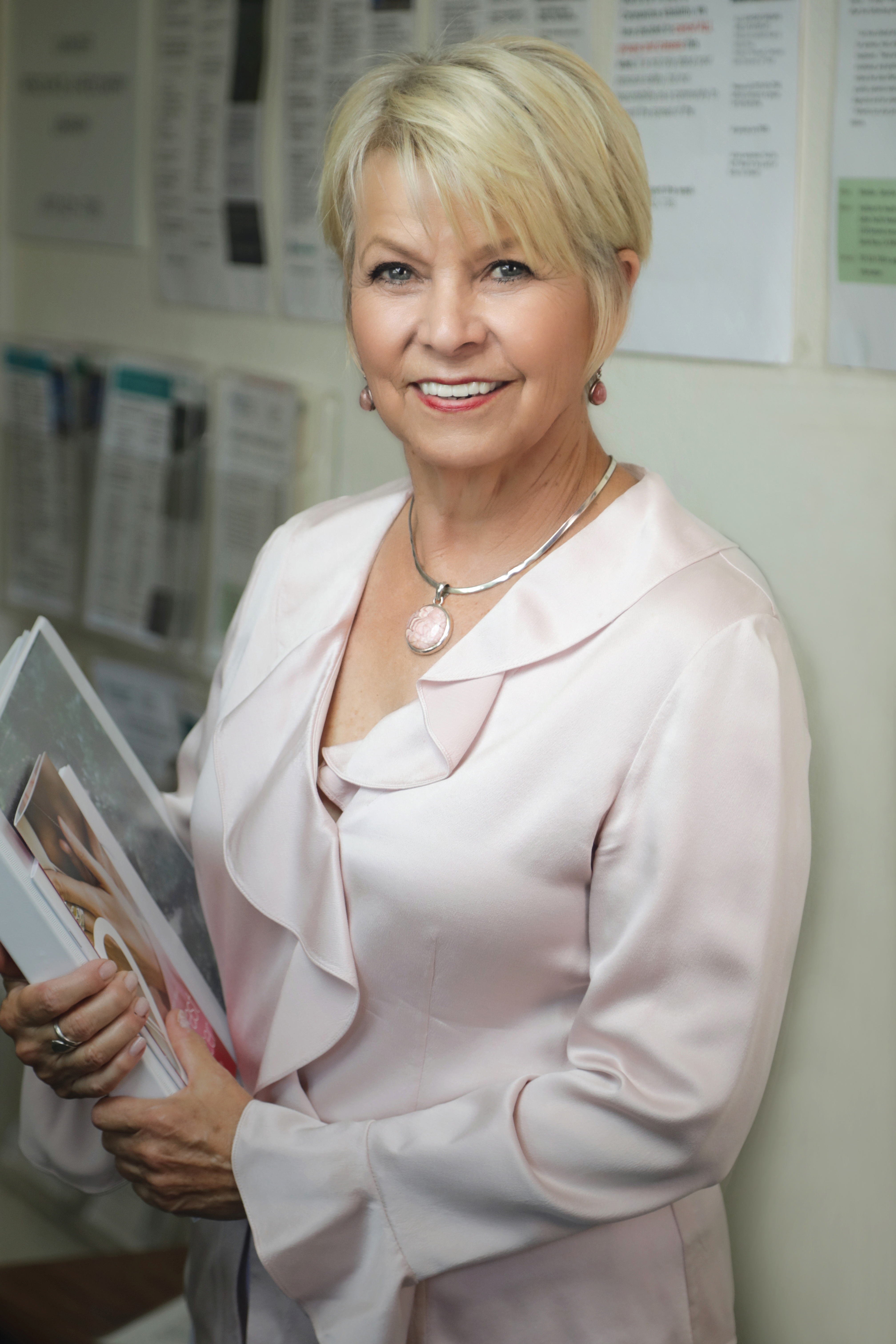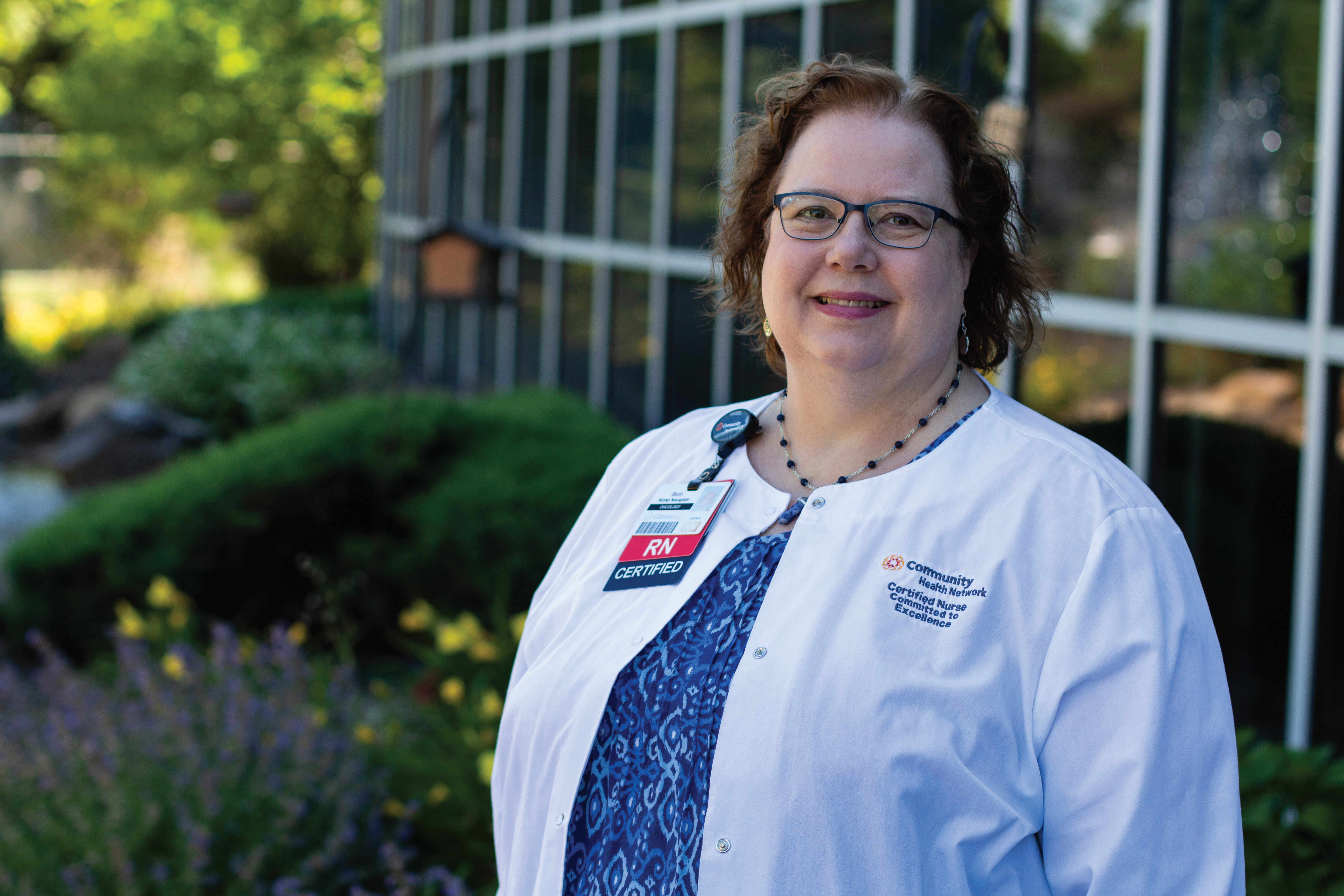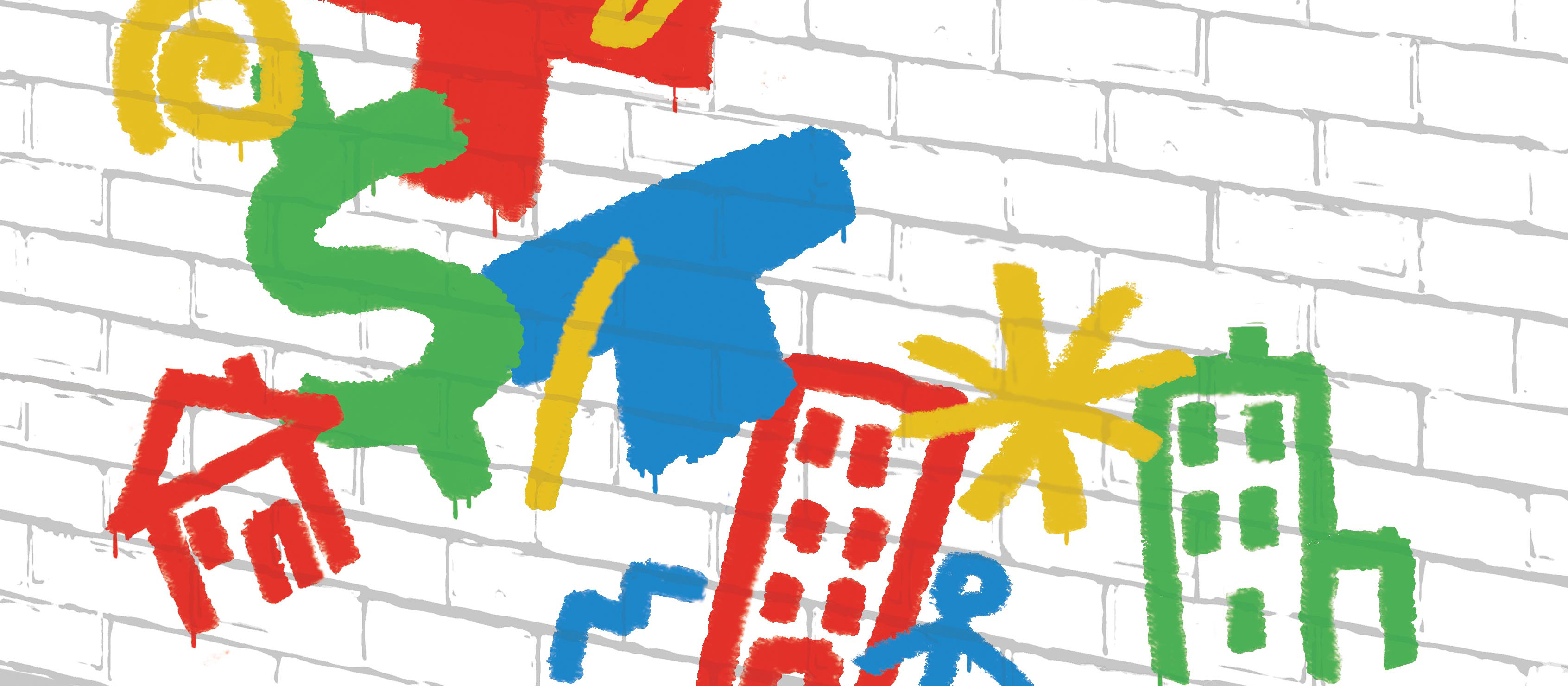Every patient deserves equal access to health care. Yet 68% of patients have at least one social determinant of health that serves as a barrier to care.

“The conditions in which people are born, grow, work, live, and age and the wider set of forces and systems shaping the conditions of daily life”—also known as social determinants of health—affect both a patient’s risk factors for cancer and their ability to get the care they need if it develops.
A Multitude of Factors
ONS member Cynthia Cantril, RN, OCN®, CBCN®, MPH, regional director of cancer support services and patient navigation at Sutter Bay Medical Foundation in northern California, said factors like race, socioeconomic status, food insecurity, and housing conditions influence whether a patient can easily access cancer treatment.
As a nurse navigator for Community Cancer Center South in Indianapolis, IN, ONS member Beth Staker, BSN, RN, CBCN®, ONN-CG, added education level and transportation availability to the list of factors affecting patients in her community. However, she said that a patient’s own fears, anxieties, social support systems, or psychiatric diagnoses can also be barriers to care.
When considering geography, Cantril said that healthcare professionals may assume that patients in urban settings face fewer barriers to care than those in rural settings, but urban settings can be equally limiting because of extensive public transportation access issues.

Social determinants affect patient access along all points of the cancer continuum, resulting in concerns like lack of primary care, medical distrust, low survival rates, and late-stage diagnoses.
“If a patient does not truly understand the information, can’t afford the recommended treatments, or is facing conflict with their cultural or religious beliefs, they may not follow the treatment plan or even be able to receive the care,” Staker said. “With some patients, it can take time to really find out what barriers may exist if they seem to be having difficulty with the treatment plan or are resistant to it, because they may be ashamed or embarrassed about their lack of education or finances.”
COVID-19 Highlights the Problem
Cantril said the COVID-19 coronavirus pandemic has “exposed glaring health and socioeconomic disparities throughout the world.”
“In the United States, the COVID-19 death rate for African Americans is reported to be more than double that of other racial groups,” United Nations High Commissioner for Human Rights Michelle Bachelet said. “States need not only to focus on the current impact of these disparities on groups and communities facing racial discrimination, but also on their root causes.”
Cantril cited a recent study conducted at Sutter Bay Medical Foundation where researchers used electronic health records of 1,052 COVID-19-positive patients from January 1–April 8, 2020, to determine that African Americans were 2.7 times more likely than non-Hispanic white patients to be hospitalized with the virus.
“As we face a growing unemployment population and consequent financial crises as a result of the pandemic, we may see more advanced cancers because preventative services have been halted,” Cantril cautioned. “Oncology nurses will be further challenged as our usual care expectations will be dramatically different for ourselves and the patients we serve.”
According to Bachelet, to address the systematic inequality that promotes poor health outcomes, including COVID-19, governments and healthcare agencies across the world need to prioritize, collect, and analyze data by ethnicity, race, and gender.
Resources for Change
The National League for Nursing offered the following suggestions for healthcare professionals who want to advocate for better understanding of social determinants in their workplace:
- Engage in conversations about bias and its effect on health care.
- Partner with community organizations.
- Implement evidence-based approaches to identifying social determinants.
The PRAPARE tool, a protocol for responding to and assessing patients' assets, risks, and experiences, allows healthcare centers to collect data on social determinants specific to their patient populations. PRAPARE includes 20 questions that healthcare centers can upload to their electronic health record systems.
The American Academy of Family Physicians developed a screening tool with 15 questions that addresses a patient’s housing, food, transportation, education, childcare, employment, financial strain, and personal safety.
How Oncology Nurses Can Get Involved
Cantril and Staker agreed that the best thing nurses can do to identify patient-specific social determinants is have open dialogue with each patient, family, and interprofessional team. For oncology nurses, this comes naturally given the innate human connection they establish with patients with cancer.
“I have been a nurse navigator for years but still learn new things as I meet each new patient. Where I work now, we have a growing population of Burmese Chin patients, many of whom do not speak English and have a very different culture,” Staker said.
Community Cancer Center South has an interdisciplinary team to help patients navigate various healthcare disparities through programs that address financial issues, lack of support, insurance, language barriers, and transportation, Staker said.
Cantril said that Sutter Bay Medical Foundation offers personalized plans so that no matter their background, patients receive thorough care and support.
“Identifying and mitigating barriers to care involves knowing the community and the resources available,” Cantril said. “Simple acuity scales, such as assessing patients for literacy, housing, comorbidities, social support, and insurance coverage, may influence treatment planning.”
Staker said that after living in the area for years, she is aware of many risk factors specific to her community. However, if a healthcare professional is new to an area, Cantril recommended driving around to get a feel for the community and make mental notes of how accessible resources like grocery stores and pharmacies are.
“None of us lives in a vacuum, and our patients are no exception,” Staker said. “We put them at great risk if we just look at their cancer as an isolated aspect of their lives. We are doing our patients a disservice if we don’t also account for other factors that influence their access to and response to cancer care.”






